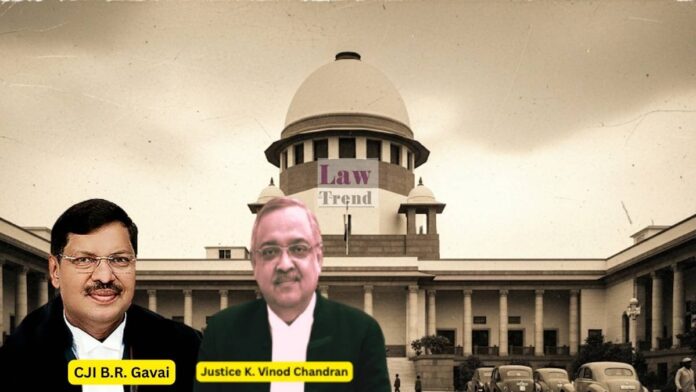The Supreme Court of India, in a judgment delivered by a bench comprising CJI B. R. Gavai and Justice K. Vinod Chandran, has affirmed that a Judicial Magistrate possesses the authority to order a person to provide a voice sample for the purpose of a criminal investigation, even under the old Criminal Procedure Code (Cr.P.C.)
To Read More Please Subscribe to VIP Membership for Unlimited Access to All the Articles, Download Available Copies of Judgments/Order, Acess to Central/State Bare Acts, Advertisement Free Content, Access to More than 4000 Legal Drafts( Readymade Editable Formats of Suits, Petitions, Writs, Legal Notices, Divorce Petitions, 138 Notices, Bail Applications etc.) in Hindi and English.




